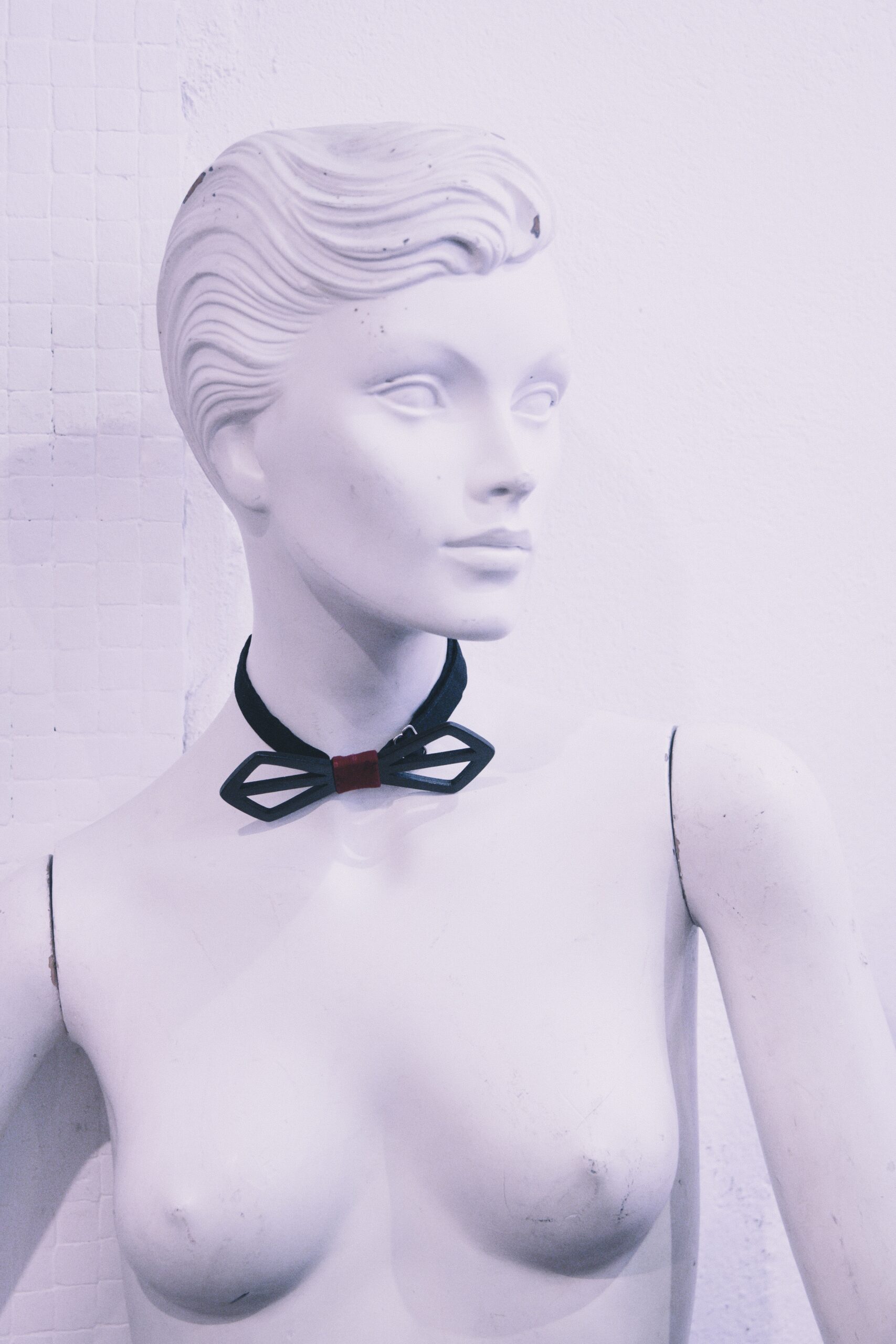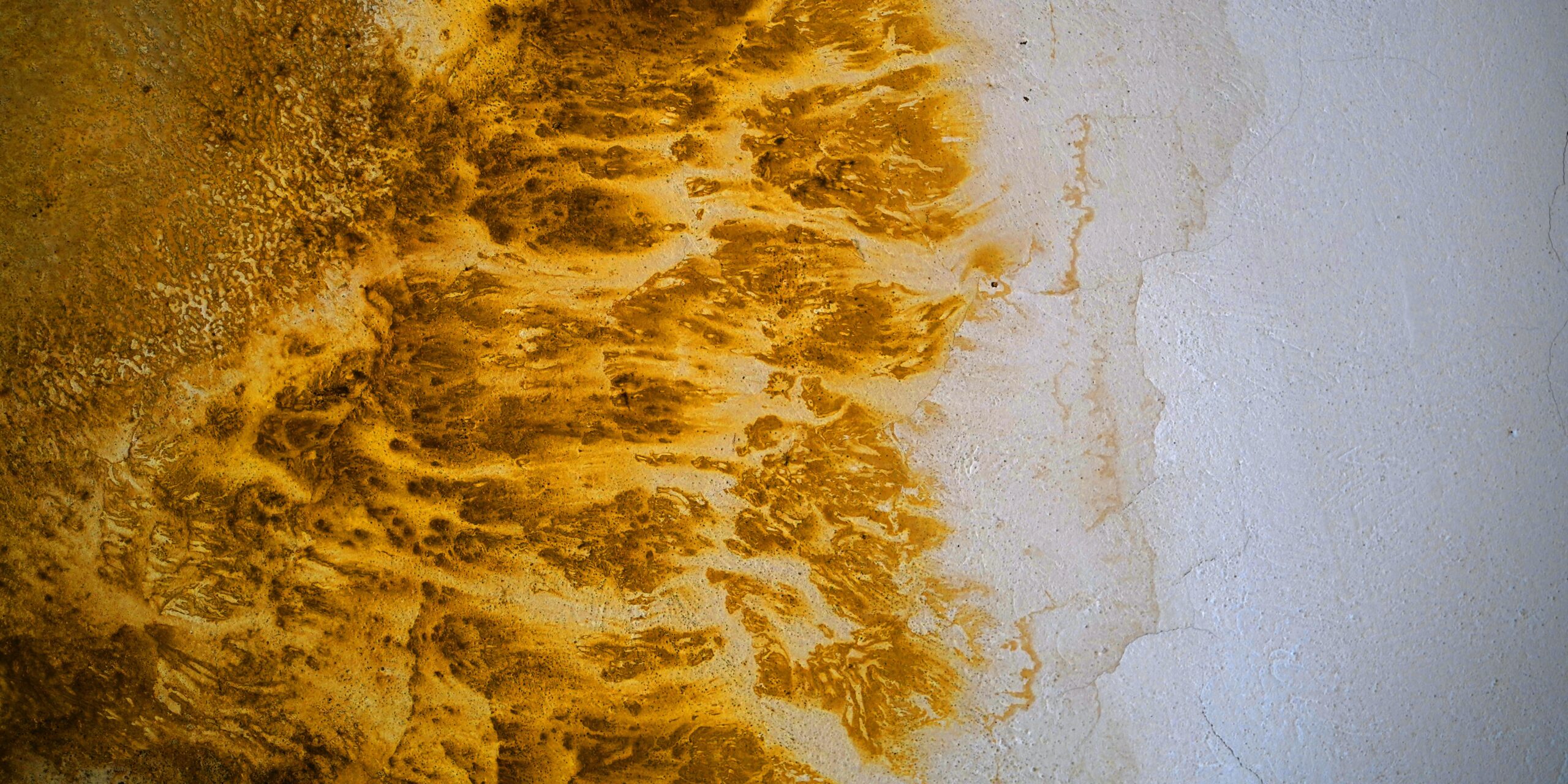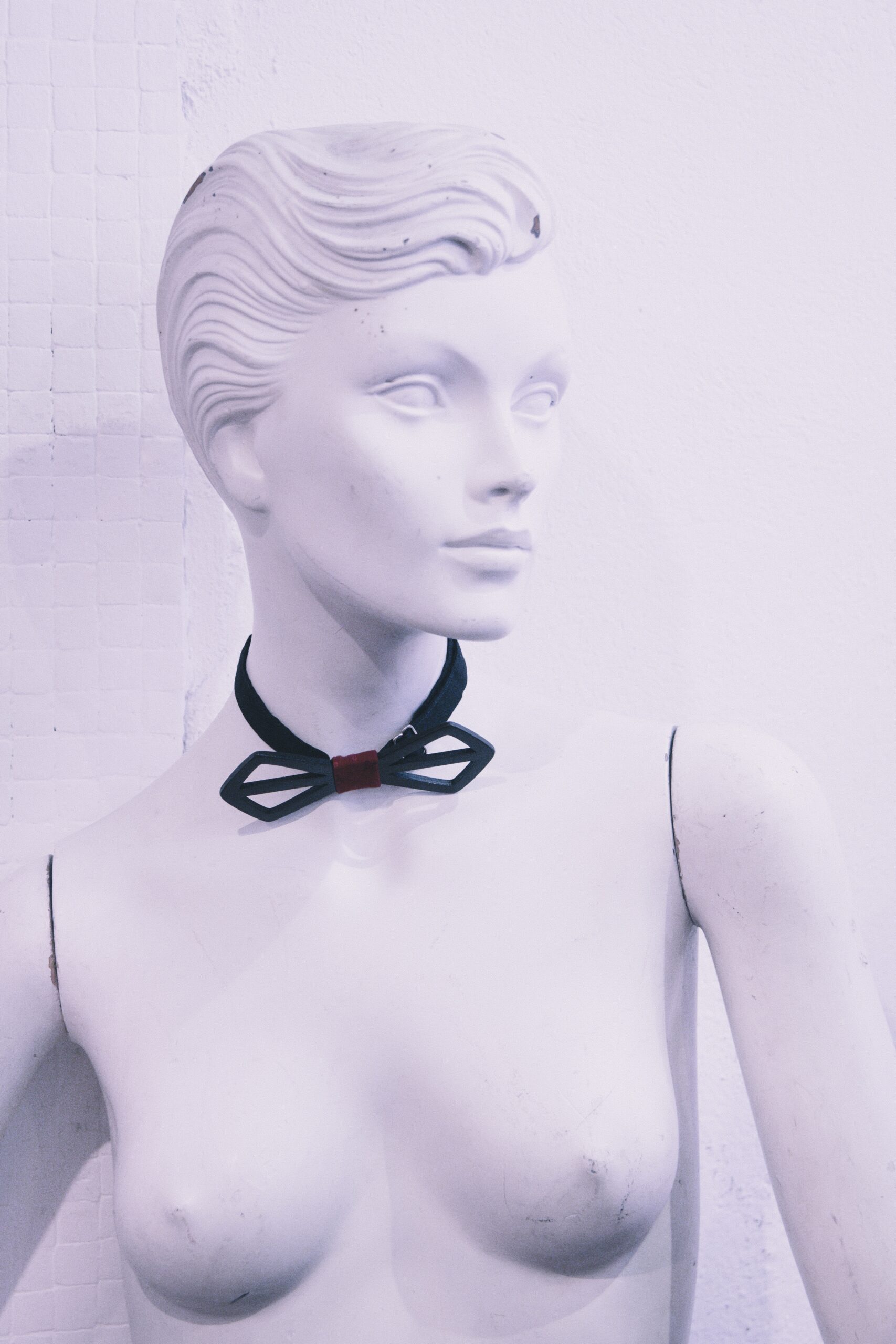
Imagine a world where machines create stunning works of art, capturing the essence of human emotion and imagination. This article explores the fascinating realm of AI art and uncovers the secrets behind its creation. From neural networks to deep learning algorithms, delve into the captivating world of AI-generated masterpieces, where technology and creativity coalesce to redefine artistic boundaries. Whether you’re an art enthusiast or simply curious about the intersection of technology and artistry, join us in unraveling the mysteries of how AI art works. Prepare to be amazed!

Understanding AI Art
Artificial Intelligence (AI) has revolutionized numerous industries, and the art world is no exception. AI art refers to the artistic creations made using machine learning algorithms and techniques. These algorithms are programmed to learn from vast amounts of data, imitate human artistic styles, and generate unique and thought-provoking visuals, music, literature, and even sculptures.
What is AI art?
AI art encompasses a wide range of creative outputs such as images, music, poetry, and sculptures that are generated or enhanced using AI algorithms. Unlike traditional art, where humans are the sole creators, AI art adds a new dimension by employing computational models to create aesthetic and meaningful works. These AI-generated pieces often challenge the conventional notions of creativity and push the boundaries of what can be considered as art.
How does AI create art?
AI creates art by utilizing algorithms that learn from existing data and patterns. One of the common techniques used is Generative Adversarial Networks (GANs), which consists of two neural networks – a generator that produces the art, and a discriminator that critiques it. Through an iterative process, the generator enhances its output based on the feedback received from the discriminator, until the generated art becomes indistinguishable from human-created art.
Convolutional Neural Networks (CNNs) are another popular technique used in AI art. These networks excel at recognizing and interpreting visual patterns, enabling AI models to understand and reproduce various artistic styles. Recurrent Neural Networks (RNNs) are used for generating sequential data, such as music and poetry, by remembering the patterns they learn from the training data.
AI art also includes techniques like DeepDream, which enhances images by visually amplifying the patterns and features that the AI model identifies. Additionally, Style Transfer involves merging the content of one image with the style of another, creating compelling and unique compositions.
Importance of AI in the art world
The incorporation of AI in the art world has brought forth significant benefits and opportunities. AI algorithms can quickly analyze and generate vast amounts of data, enabling artists to explore innovative ideas and possibilities that may have been difficult or time-consuming to achieve manually. AI art provides a new avenue for creative expression and enables artists to collaborate with intelligent machines, resulting in novel and unexpected outcomes.
Furthermore, AI art challenges traditional notions of authorship and creativity, prompting us to question our understanding of what it means to be an artist. By exploring the capabilities of AI, artists can push the boundaries of their own creativity and unlock new artistic potentials. Additionally, AI-generated art has the potential to captivate and engage audiences, encouraging them to contemplate the role of technology in our lives and the intersection between humans and machines.
AI Algorithms and Techniques
Generative Adversarial Networks (GANs)
Generative Adversarial Networks (GANs) have revolutionized the field of AI art by enabling the creation of realistic and unique art pieces. GANs consist of two competing networks – a generator and a discriminator. The generator produces images, music, or other artistic outputs, while the discriminator evaluates the quality and authenticity of the generated art. Through an iterative process, the generator learns to improve its creations based on the feedback received from the discriminator, resulting in increasingly refined and captivating artwork.
Convolutional Neural Networks (CNNs)
Convolutional Neural Networks (CNNs) are widely used in AI art to analyze and interpret visual patterns. CNNs excel at recognizing objects, shapes, and textures in images, enabling AI models to understand different artistic styles and reproduce them. By learning from vast datasets of existing artwork, CNN-based AI models can generate new visuals that resemble the style of renowned artists or create entirely novel and unique compositions.
Recurrent Neural Networks (RNNs)
Recurrent Neural Networks (RNNs) play a crucial role in the generation of sequential data, such as music and poetry. RNNs are designed to retain memory of previous inputs, allowing them to generate coherent and structured outputs. In the context of AI art, RNNs can learn from vast datasets of music compositions or poems and generate new pieces that mimic the stylistic characteristics of renowned composers or poets. This capability of AI models nurtures creative exploration and opens doors to the generation of innovative and evocative artistic works.
DeepDream
DeepDream is a visualization technique that uses AI algorithms to enhance images by emphasizing patterns and features detected by the AI model. By iteratively amplifying specific patterns identified within an image, DeepDream transforms ordinary visuals into surreal and dream-like compositions. This technique explores the hidden layers of AI models and generates unique artistic interpretations, often leading to surprising and visually intriguing results.
Style Transfer
Style Transfer involves merging the content of one image with the style of another, producing visually compelling compositions. AI models that employ Style Transfer algorithms can extract the content and style information from two different images and combine them to create visually captivating and distinct artworks. This technique allows artists to explore new artistic expressions and generate unique imagery that merges various artistic styles, opening the door to endless possibilities of creative exploration.
Training the AI Model
Data collection and preprocessing
Training an AI model for art creation begins with the collection and preprocessing of relevant data. This data can include a vast range of artwork, encompassing various styles, genres, and mediums. Curating diverse and high-quality datasets is crucial to ensure that the AI model learns from a broad scope of artistic inspiration.
Preprocessing the data involves transforming it into a format that can be understood by the AI algorithms. This may involve standardization, normalization, or other techniques to ensure consistency and optimal compatibility with the chosen AI model architecture.
Training process
Once the data is collected and preprocessed, it is used to train the AI model. This training process involves feeding the data to the model, allowing it to learn and identify patterns, styles, and other artistic characteristics through the various AI algorithms employed. The model continuously adjusts its internal parameters based on the feedback received during training, optimizing its ability to generate high-quality and aesthetically appealing artwork.
Fine-tuning and optimization
After the initial training phase, the AI model may undergo fine-tuning and optimization to improve its performance and artistic output. Fine-tuning involves further refining the model’s parameters, adjusting the learning rate, or introducing additional regularization techniques to enhance the generated art. Iterative optimization helps to achieve the desired level of artistic quality and coherence in the AI-generated creations.
Creative Input and Inspiration
Providing input to the AI model
AI models used in art creation require creative input from human artists or users. This input can take various forms, such as selecting specific artistic styles or providing initial sketches or descriptions. By incorporating human guidance, the AI model can generate art that aligns with the desired artistic vision while still leveraging its computational abilities to explore new and unique interpretations.
Exploring different artistic genres
An exciting aspect of AI art is its ability to explore and combine different artistic genres. AI models can be trained on diverse datasets, encompassing multiple art forms such as painting, sculpture, music, poetry, and more. This versatility enables the generation of interdisciplinary artworks that challenge traditional categorizations and foster innovative artistic expressions.
Incorporating human guidance
While AI models possess remarkable learning and creative capabilities, human guidance remains invaluable in the creation of AI art. Artists can provide feedback and iterate on the AI-generated outputs, ensuring that the artistic vision and intention are effectively translated. The collaboration between humans and AI models results in a unique fusion of creativity, pushing the boundaries of what can be achieved in the artistic realm.

Generating Artistic Output
Generating images
AI models can generate a wide range of images, from photorealistic landscapes to abstract compositions. By learning from extensive datasets of artwork, AI algorithms can interpret and emulate various artistic styles, enabling the generation of visually captivating and aesthetically pleasing images. The ability to generate custom images based on user input or specifications opens up opportunities for personalized, one-of-a-kind creations.
Creating music and sound
With the help of AI, the boundaries of musical expression are expanded. AI models trained on vast collections of music compositions can generate new melodies, harmonies, and rhythms that resonate with different genres and styles. The integration of AI-generated music with human compositions allows for novel collaborations and the exploration of unique musical landscapes. AI algorithms can also be applied to sound synthesis, enabling the creation of intricate and immersive auditory experiences.
Producing poetry and literature
AI models trained on vast corpora of literary works can generate poetry and literature with distinct stylistic characteristics. By analyzing patterns and themes in existing texts, AI algorithms can generate coherent and evocative written pieces. These AI-generated compositions, while not replacing the human element of storytelling, offer new perspectives and engage the audience with thought-provoking narratives.
Developing sculptures and installations
AI art is not limited to digital creations; it can also extend to the physical realm. AI models can be trained to generate sculptural designs and installations, pushing the boundaries of what is traditionally considered as a manually crafted piece. The fusion of AI-powered creativity and human craftsmanship results in the development of captivating and conceptually rich sculptures and installations that invite viewers to reflect on the intersection of technology and art.
Evaluating and Enhancing AI Art
Subjective evaluation criteria
Evaluating AI art poses unique challenges due to the subjective nature of artistic interpretation. While traditional art evaluation criteria such as technique and creativity still apply, additional considerations come into play when assessing AI-generated artwork. Factors such as the level of computational innovation, originality within the given dataset, and the ability to evoke emotions or provoke critical thinking become essential yardsticks for evaluating AI art.
Feedback loop with artists and users
To refine and enhance AI art, maintaining a feedback loop with artists and users is vital. Collecting feedback enables AI artists to understand the strengths and deficiencies of their models and adjust their training processes accordingly. Artists and users play an instrumental role in shaping the direction of AI art, inspiring improvements, and driving the emergence of novel AI-powered artistic approaches.
Iterative improvement and refinement
AI art is not a one-time creation process but involves iterative improvement and refinement. Artists continuously refine their AI models, incorporating feedback and generating new works. By continually iterating and honing their models, AI artists strive to push the boundaries of creativity and deliver increasingly sophisticated, insightful, and captivating AI-generated artwork to the audience.

Legal and Ethical Considerations
Copyright and intellectual property
One of the critical legal considerations in AI art revolves around copyright and intellectual property. AI-generated artwork raises questions about ownership and authorship. As AI models are trained on existing artwork, it is essential to respect and adhere to copyright laws while ensuring that the generated outputs are sufficiently transformative to avoid copyright infringement. Clear guidelines and legal frameworks are needed to navigate the complexities surrounding AI-generated art ownership and intellectual property rights.
AI-generated art ownership
Determining ownership of AI-generated art is an ongoing debate. While the AI model plays a significant role in the creation process, human artists and users often provide creative input, guidance, and curate the training datasets. Establishing clear frameworks that acknowledge the contributions of both AI models and human creators is crucial to ensure fair attribution and recognition in the context of AI art.
Ethical boundaries and responsibilities
Ethical considerations play an essential role in AI art to mitigate potential harms or unintended consequences. Artists and developers need to be aware of the ethical implications of AI-generated art, including issues related to bias, fair representation, and the potential for misuse. Open dialogue, transparency, and ethical codes of conduct help navigate the ethical boundaries and foster responsible creation and utilization of AI in the art world.
AI Art in the Marketplace
Art exhibitions and galleries
AI art has gained recognition in the traditional art world, with dedicated exhibitions and galleries showcasing AI-generated artwork. These exhibitions offer a platform for AI artists to display their creations, engage with audiences, and foster critical discussions surrounding AI’s role in artistic expression. By integrating AI art into established art spaces, the dualities and collaborations between AI and human-created art expand artistic experiences and invite viewers to ponder the implications of technology on our perception of art.
Online platforms and digital collections
The digital landscape has opened up a vast array of opportunities for AI art to reach wider audiences. Online platforms and digital collections provide a space for AI artists to showcase their creations, engage with art enthusiasts, and even sell their artwork. The democratization of AI-powered art distribution fosters accessibility, inclusivity, and the exploration of diverse artistic expressions.
Pricing and commercialization
Determining the value and pricing of AI-generated artwork presents a unique challenge. AI art derives its value not only from the aesthetic appeal but also from the computational innovation and human input involved. Pricing models may encompass factors such as the complexity of the AI model, the uniqueness of the generated artwork, and the reputation and influence of the AI artist. The commercialization of AI art necessitates developing transparent and fair pricing mechanisms to ensure artists receive appropriate recognition and compensation for their creative endeavors.
Impact on the Artistic Community
Disruption and controversy
The integration of AI in the art world has sparked debates and controversies within the artistic community and broader society. Some artists and critics argue that AI-created art lacks the emotional depth and nuances of human-created art, while others embrace the novelty and possibilities that AI brings. The disruptive nature of AI art challenges conventional artistic paradigms and prompts critical reflection on the nature of creativity, authorship, and the future of art.
Collaboration between AI and human artists
AI art fosters collaboration between AI algorithms and human artists, creating new avenues for creative exploration. Instead of displacing human artists, AI often amplifies their creative capabilities and offers a fresh perspective. Collaborative efforts between AI and human artists result in hybrid artworks that reflect the cooperation of human creativity and computational intelligence, pushing the boundaries of artistic expression and stimulating innovation.
Exploration of new creative possibilities
AI art opens up new creative possibilities that were previously unexplored or unimagined. By leveraging the computational power of AI, artists can generate novel interpretations, experiment with different artistic styles, and venture into uncharted territories. The fusion of human intuition and AI’s computational prowess introduces fresh perspectives, inspires new narratives, and deepens our understanding of artistic expression.
Future Possibilities and Challenges
Advancements in AI technology
The continuous advancements in AI technology hold promising prospects for the future of AI art. As AI algorithms become more sophisticated and capable of learning from diverse datasets, the quality and originality of AI-generated artworks are set to improve. Emerging technologies such as reinforcement learning, unsupervised learning, and natural language processing can further expand the creative possibilities in AI art, enabling the generation of immersive, interactive, and emotionally resonant artistic experiences.
Integration of AI into artistic processes
In the future, AI is poised to become an integral part of the artistic process, working collaboratively with human artists to enhance creative outcomes. Artists are leveraging AI not only for art generation but also for exploring new tools, techniques, and mediums. Embracing AI as a creative partner offers artists expanded possibilities for experimentation, innovation, and the realization of artistic visions previously unattainable.
Ethics in AI creativity
As AI art evolves, the ethical considerations surrounding its creation and use become increasingly important. Artists and developers need to navigate issues such as algorithmic bias, transparency in data usage, and the responsible deployment of AI models. Initiatives focusing on ethical guidelines, community guidelines, and education on AI ethics empower artists to engage with AI technologies conscientiously and build trust with audiences and society at large.
Societal and cultural implications
AI art’s impact extends beyond the artistic realm, influencing societal and cultural perspectives. The integration of AI art challenges our understanding of creativity, raises questions about the nature of human artistry, and invites conversations about the relationship between humans and machines. Society’s perception of AI and its creative capabilities has the potential to shape our cultural values, norms, and appreciation of art.
In conclusion, AI art represents an exciting and transformative intersection of technology and artistic expression. Through innovative AI algorithms and techniques, artists are pushing boundaries, forging new creative paths, and inspiring profound reflections on the nature of art. While AI art brings forth unique challenges in copyright, ownership, and ethics, its potential to redefine creativity, foster collaboration, and explore uncharted artistic territories makes it a vibrant and thought-provoking addition to the art world.



